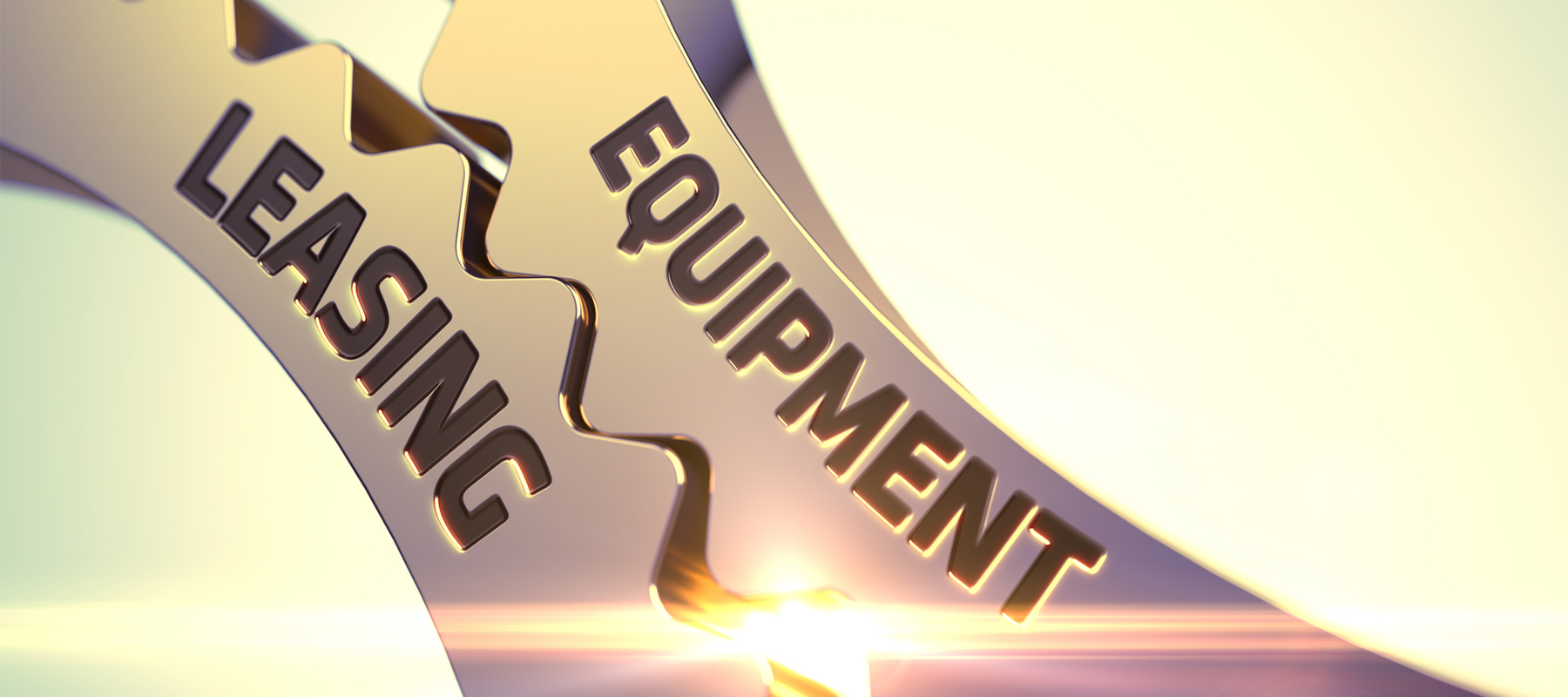Equipment Leasing Rates and Financing Considerations
Last Updated: June 07, 2023

Fact Checked By: Ashley Smith
On This Page
CostOwl.com note: Need equipment leasing at an affordable price? Fill out the 30 second questionnaire below and our equipment leasing partners will send you free price quotes.
Leasing is an increasingly popular alternative to buying expensive business equipment. The upfront costs are low and you can trade in the equipment when it's out of date. The industry is booming and leasing companies are flush with capital to lend. You can lease almost any type of equipment you need for your business, from phone systems, copiers, and computer servers to kitchen equipment or heavy construction equipment like forklifts.
With a business lease, the lender buys the piece of equipment and allows you to use it while making payments over an extended period of time. Equipment leasing is typically more expensive than bank financing. But, unlike a bank loan no down payment is required.
Equipment Financing Average Costs #
Equipment financing rates are determined based upon the size of the lease, your credit score and payment history, and where your business is located.
- Equipment priced less than $100,000 usually comes with a higher finance rate - anywhere from 8% to 20%.
- Larger, more expensive equipment can generally be leased with a financing rate of 6% to 8%.
Some equipment financiers offer payment calculators online to help you estimate the total cost of an equipment lease. Ryan Capital's payment calculator estimates your total monthly costs based on the estimated lease amount and your preferred payment terms. However, keep in mind that this is just a guideline.
Your credit store plays a huge factor in the lease rate, and there's little you can do to change that. However, you do have influence over the price of the lease. Save money on your payments by negotiating a lower total lease amount.
Sample Equipment Leasing Monthly Payments #
Here are some examples of equipment leasing rates for different types of equipment:
| Equipment Type | Lease Amount | Lease Term | Monthly Payment |
|---|---|---|---|
| Office Equipment | $50,000 | 36 months | $1,400 |
| Construction Equipment | $100,000 | 48 months | $2,500 |
| Medical Equipment | $75,000 | 24 months | $3,200 |
| Restaurant Equipment | $30,000 | 60 months | $800 |
| IT Equipment | $20,000 | 12 months | $1,800 |
Equipment Leasing Finance Options #
There are two basic types of equipment leases:
- Finance leases offer you the option to buy the equipment at the end of the lease. These leases usually span the expected life of the equipment.
- True leases are less expensive and span less than the expected life of the equipment. At the end of the lease, you can choose to return the equipment or negotiate a purchase price.
Equipment leases usually have terms between 12 and 60 months. Generally, payments are made monthly. However, seasonal businesses can often negotiate an alternate payment schedule. For example, construction companies can strike a deal to skip payments in the winter months when business is slow or nonexistent.
For more information about equipment leasing and financing, The Equipment Leasing and Finance Association is a great resource. The trade association's website offers industry news, publications and educational resources.
Pros and Cons of Equipment Leasing #
Pros of Equipment Leasing:
- Cost Savings: Leasing allows businesses to acquire equipment without making a large upfront investment, freeing up capital for other business needs.
- Flexibility: Leasing offers flexibility in terms of lease duration and equipment upgrades, allowing businesses to adapt to changing technological advancements.
- Maintenance Coverage: Some leasing agreements include maintenance and repair services, relieving businesses of the burden of equipment upkeep.
- Tax Benefits: Lease payments are often tax-deductible as business expenses, providing potential tax advantages.
- Cash Flow Management: Fixed monthly lease payments make budgeting and cash flow management more predictable.
Cons of Equipment Leasing:
- Long-Term Cost: Over time, leasing may cost more compared to purchasing the equipment outright, especially for long-term leases.
- No Ownership: Leasing means the business does not own the equipment, and it must be returned at the end of the lease term.
- Restrictions and Penalties: Leasing agreements may have restrictions on usage, modifications, or early termination penalties, limiting business flexibility.
- Cumulative Interest: Leasing involves paying interest, which can accumulate over the lease term, increasing the overall cost.
- Limited Customization: Leased equipment may not be customized to the specific needs of the business, limiting its functionality or adaptability.
